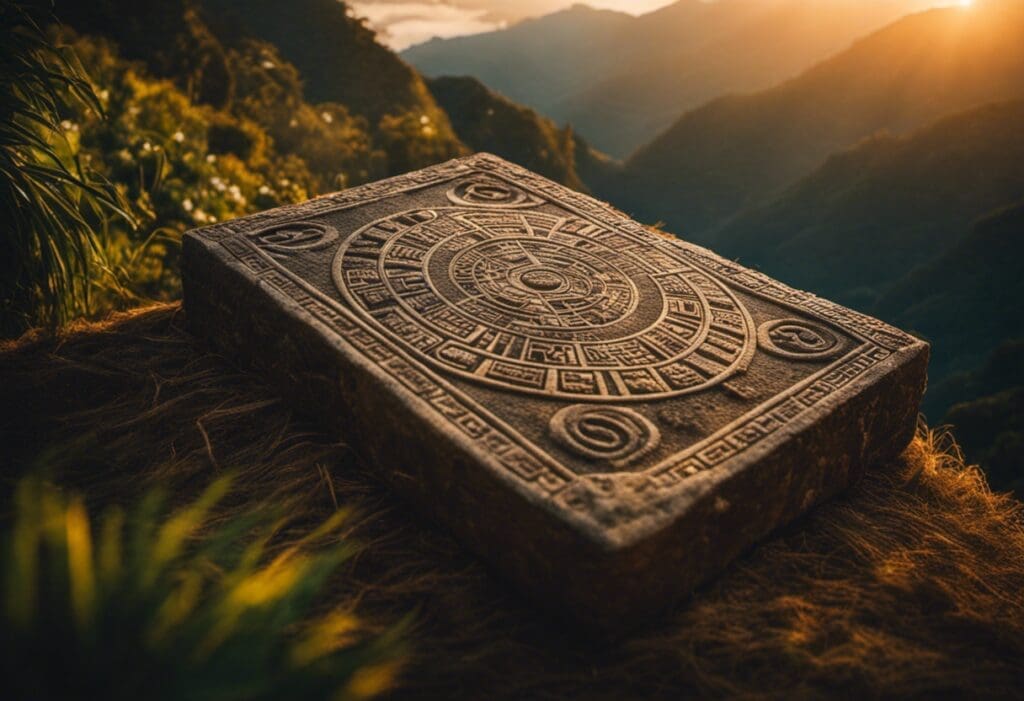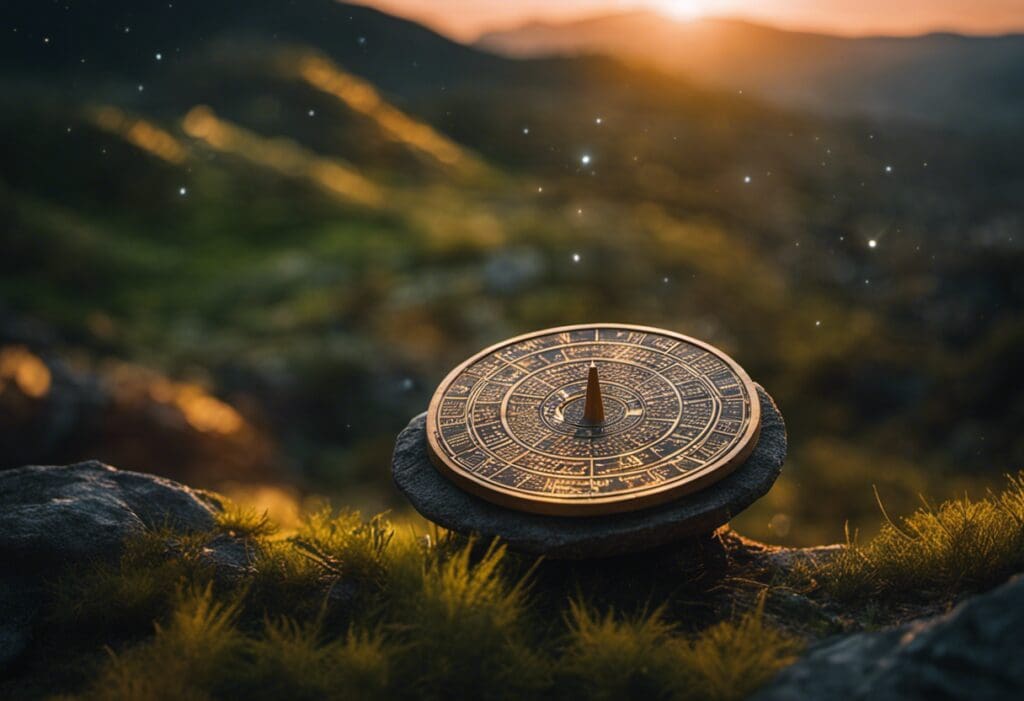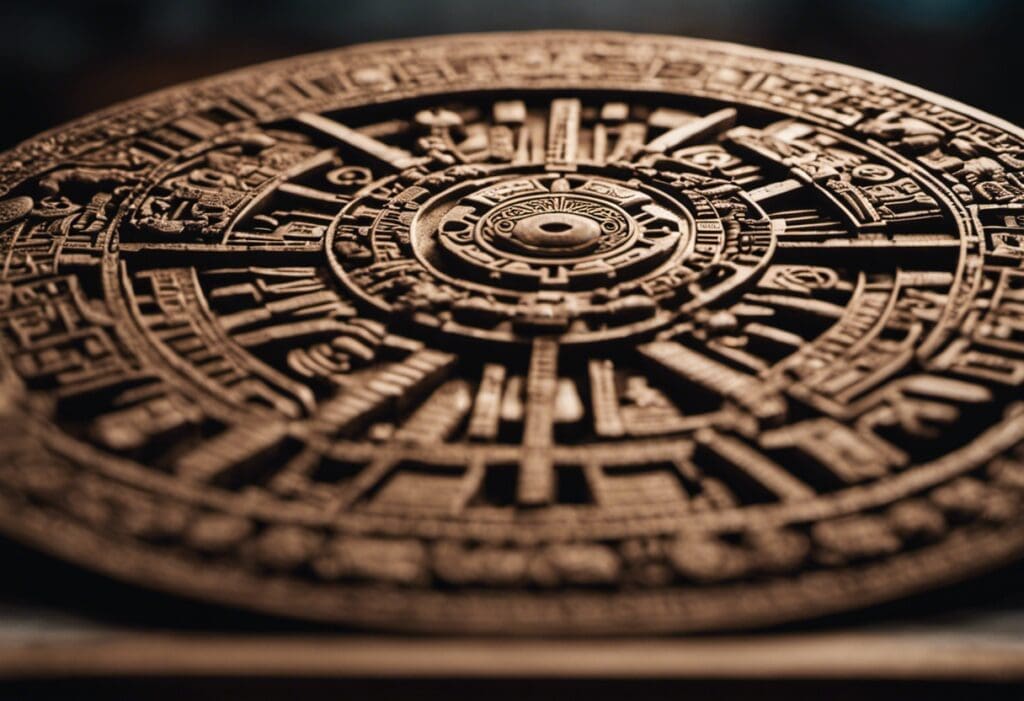Cycles of Time: The Recurring Patterns of the Inca Calendar delves into the intricate celestial alignments, sacred festivals, and agricultural cycles of the Inca civilization. This article explores the significance of time in Inca mythology and the role of astronomy in their calendar system. Drawing upon a wealth of evidence, it analyzes the enduring legacy of the Inca calendar in modern times.
Immerse yourself in the captivating world of the Inca, where time unfolds in mesmerizing patterns.
Key Takeaways
- Celestial observations played a crucial role in regulating the Inca calendar and determining the timing of events and festivals.
- The Inca calendar guided agricultural activities, including planting, harvesting, and crop management, based on celestial observations and cycles.
- Time was viewed as a sacred force in Inca mythology, with symbolic representations through celestial bodies and events, and the calendar helped navigate these cycles.
- The legacy of the Inca calendar can still be seen in modern cultural practices, such as celebrations, sustainable farming techniques, and the study of ancient civilizations and astronomy.
The Celestial Alignments of the Inca Calendar
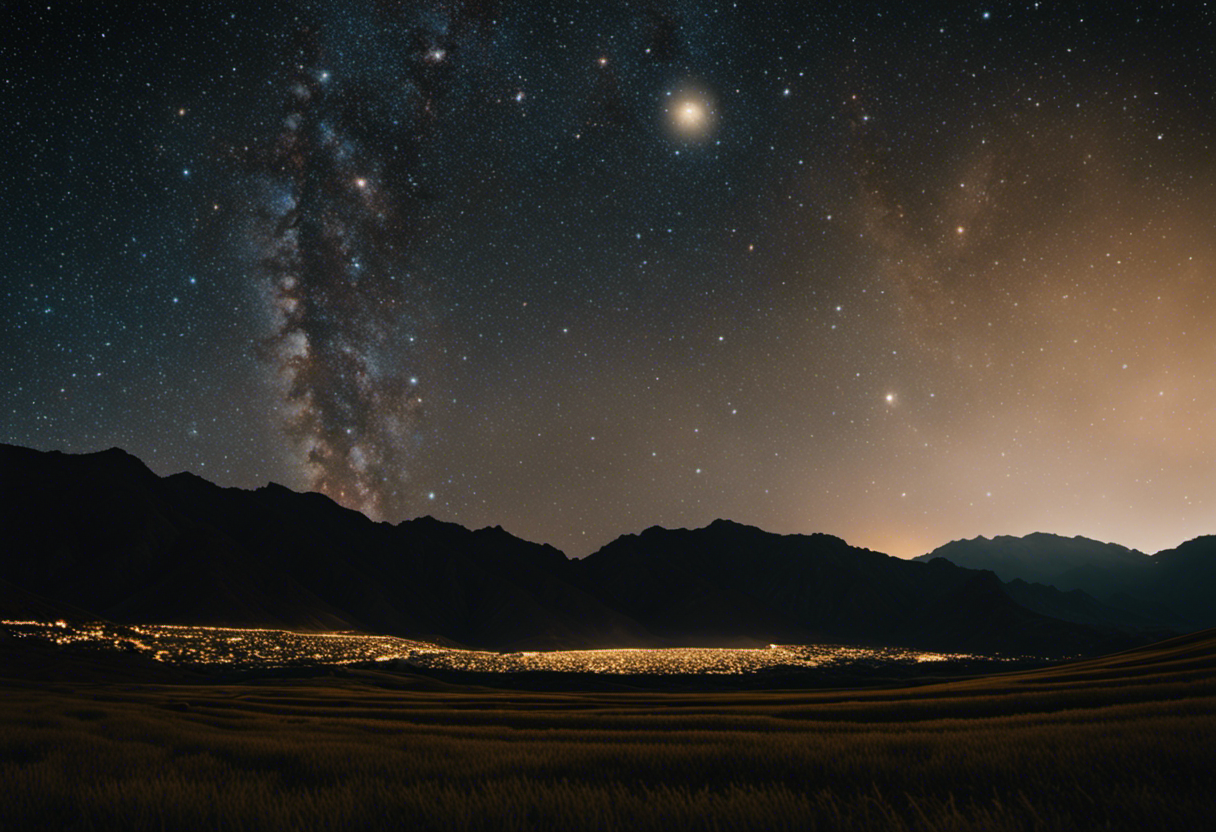

The celestial alignments of the Inca calendar are a fascinating and integral aspect of their complex astronomical system. The Inca civilization, known for their advanced understanding of astronomy, relied heavily on celestial observations to regulate their calendar and mark important events. The Inca people believed that the movements of celestial bodies held great significance and were directly linked to the rhythms of nature and the cycles of life.
One of the key astronomical alignments observed by the Inca was the alignment of the sun with various landmarks and structures. The Intihuatana, a stone monument in Machu Picchu, is believed to have been used as an astronomical observatory to track the movement of the sun throughout the year. The Inca calendar was based on the solar year, and the alignment of the sun with specific points on the horizon marked significant dates and events in their calendar.
Additionally, the Inca also observed the alignment of other celestial bodies such as the moon and the stars. These alignments were used to determine the timing of agricultural activities, religious ceremonies, and other important cultural events. By carefully studying the positions of celestial bodies, the Inca were able to create a calendar system that accurately predicted the changing seasons and allowed them to effectively manage their agricultural practices.
The Sacred Festivals and Rituals of the Inca Calendar
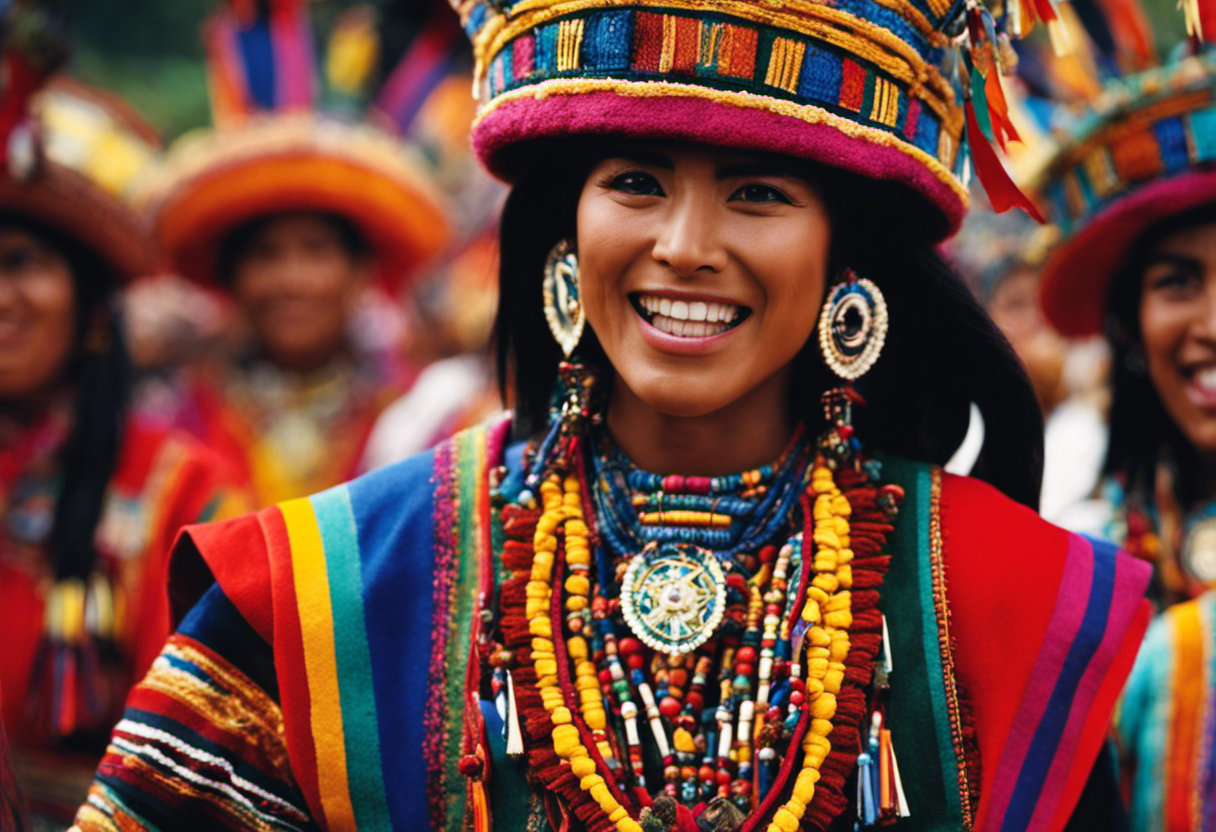

Sacred festivals and rituals were an integral part of the Inca calendar, as they played a significant role in the religious and cultural practices of the Inca civilization. These events were designed to honor and appease the gods, seek their blessings, and ensure the well-being of the community. The Inca calendar, with its precise astronomical observations, provided the framework for organizing and scheduling these sacred festivals.
One of the most important Inca rituals was Inti Raymi, also known as the Festival of the Sun. This grand celebration took place during the winter solstice and marked the beginning of the agricultural year. It involved elaborate ceremonies, including the sacrifice of llamas, dancing, music, and feasting. Inti Raymi was a time of deep reverence for the sun god, Inti, and a demonstration of the Inca’s gratitude for the abundance provided by the sun.
Another significant festival was the Capacocha ceremony, which occurred every few years. This ritual involved the sacrifice of children and animals as offerings to the gods. It was believed that by giving these precious gifts, the Inca could secure divine protection and ensure prosperity for the empire.
In addition to these major festivals, the Inca calendar also included numerous smaller rituals throughout the year. These events were dedicated to various gods, such as Pachamama (Mother Earth) and Viracocha (the creator deity), and involved offerings, prayers, and ceremonial dances.
The sacred festivals and rituals of the Inca calendar were not only religious in nature but also served as important social and political events. They provided opportunities for the Inca rulers to assert their authority and display their wealth and power. These events also fostered a sense of unity and shared identity among the Inca people, reinforcing their belief in the divine origins of their civilization.
The Agricultural Cycles and the Inca Calendar
Planting and harvesting, as well as the management of crops and agricultural resources, were key aspects of the Inca calendar. The Inca civilization developed sophisticated agricultural practices and farming techniques that allowed them to sustain their vast empire. The Inca calendar played a crucial role in guiding and organizing these agricultural activities, ensuring the success of their crops and the well-being of their people.
The agricultural cycles in the Inca calendar were based on the observation of celestial events, such as the movements of the sun, moon, and stars. These celestial observations helped the Inca determine the optimal times for planting and harvesting different crops. The Inca calendar also included periods for land preparation, irrigation, and crop rotation, which were essential for maintaining soil fertility and preventing erosion.
Furthermore, the Inca calendar incorporated the concept of reciprocity, which played a central role in their agricultural practices. Reciprocity involved the exchange of labor and resources among different communities to ensure the equitable distribution of goods and the collective well-being of all. This practice fostered cooperation and solidarity among the Inca people, strengthening their agricultural systems and ensuring the sustainability of their empire.
The Significance of Time in Inca Mythology


The significance of time in Inca mythology is multifaceted.
Firstly, time held a central role in their beliefs, as it was seen as cyclical and interconnected with the natural world.
Secondly, time was often symbolically represented through various celestial bodies and astronomical events, reflecting the Inca’s deep understanding of the cosmos.
Lastly, rituals and ceremonies surrounding time were an integral part of Inca culture, serving to honor and appease the gods and ensure the continuation of their civilization.
Time in Inca Beliefs
Within Inca mythology, time holds a profound significance, shaping the understanding of the world and the various cycles that govern it.
The Inca people had a unique time perception, viewing time as a circular concept rather than linear. They believed that time was not a linear progression, but rather a recurring pattern that repeated itself in cycles.
This perception of time was deeply intertwined with their cultural practices and traditions. The Inca calendar, known as the Tawantinsuyu, was a complex system that helped them navigate these cycles and understand the significance of different celestial events.
It allowed them to align their agricultural activities, religious ceremonies, and social events with the rhythms of nature.
Additionally, the Inca people believed that time was a sacred force that connected the past, present, and future, and that it held the power to shape their destiny.
Symbolic Representations of Time
Symbolic representations of time in Inca mythology reveal the intricate connection between celestial phenomena and the cyclical nature of their belief system.
The Inca people used various symbols to represent the passage of time and to convey cultural interpretations of its significance. One such symbol is the Inti, the Sun god, who was seen as the ruler of time and the source of life. The Inti was often depicted as a radiant figure with a golden crown, symbolizing the sun’s powerful energy and its role in the cyclical nature of life.
Another symbolic representation of time in Inca mythology is the Chakana, or the Inca Cross, which represents the three levels of existence: the lower world, the earthly world, and the higher world. The Chakana symbolizes the interconnectedness of these realms and the cyclical nature of time as it moves between them.
These symbolic representations of time in Inca mythology reflect the profound cultural interpretations of time as a cosmic force that shapes their worldview.
Rituals and Ceremonies Surrounding Time
An understanding of the rituals and ceremonies surrounding time in Inca mythology is crucial for comprehending the profound significance attributed to the concept of time in their culture. The Inca civilization had intricate timekeeping techniques that were intertwined with their spiritual beliefs.
- Timekeeping techniques in the Inca civilization:
- The Inca used various methods to keep track of time, such as the observation of celestial bodies and the use of calendars.
- They had a complex calendar system called the Tawantinsuyu, which consisted of different cycles and allowed them to organize their agricultural and religious activities.
- Spiritual beliefs surrounding the concept of time in Inca culture:
- The Inca believed that time was cyclical and interconnected with the spiritual realm.
- They conducted rituals and ceremonies to honor and appease the gods associated with time, such as Inti, the sun god, and Mama Quilla, the moon goddess.
These rituals and ceremonies were essential for maintaining harmony in the Inca society and ensuring the continuation of favorable cosmic cycles.
The Role of Astronomy in the Inca Calendar
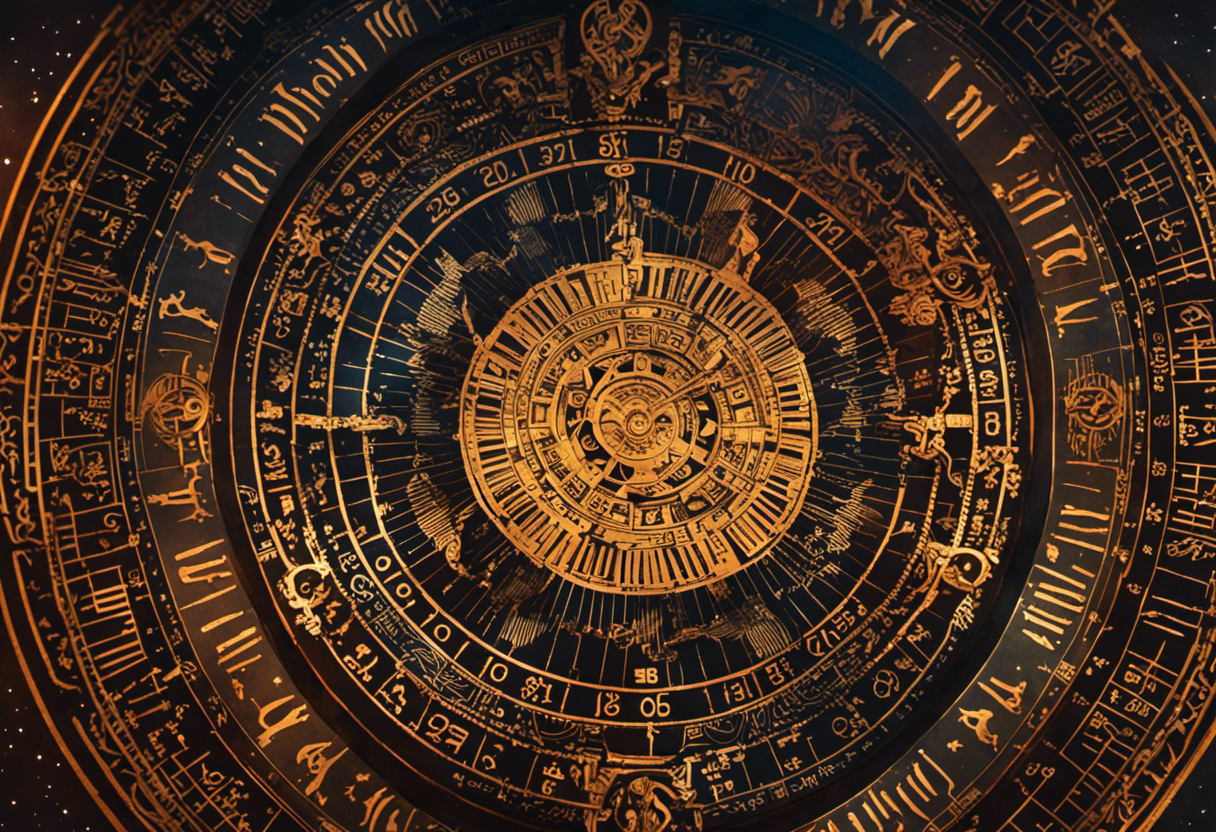

The Inca calendar, deeply rooted in astronomical knowledge, played a significant role in the daily lives and rituals of the Inca civilization. Celestial alignments and festivals were intricately connected, with astronomical events serving as important markers for the Inca calendar.
The Inca’s understanding of the cosmos allowed them to establish a calendar that reflected their cosmic connections and guided their religious and agricultural practices.
Celestial Alignments and Festivals
With a deep understanding of celestial alignments and their significance, astronomy played a crucial role in shaping the festivals of the Inca calendar. The Inca civilization had a profound appreciation for the night sky and recognized its cultural significance.
Here are some ways in which celestial observations influenced Inca festivals:
- Harvest Festivals: The Inca people closely observed the movements of the stars and planets to determine the optimal time for planting and harvesting crops. These celestial alignments marked the beginning and end of the agricultural season, and festivals were held to celebrate the abundance of the harvest.
- Solstice Celebrations: The Inca calendar was based on the movements of the sun, moon, and stars. Solstices, equinoxes, and other significant celestial events were marked with grand festivities, honoring the sun as a deity and symbol of life and fertility.
Through their keen understanding of celestial patterns, the Inca incorporated astronomy into their calendar, ensuring that their festivals were not only joyous occasions but also deeply connected to the natural world.
Astronomical Knowledge and Rituals
Astronomical knowledge played a pivotal role in the Inca calendar, shaping their rituals and guiding their understanding of the celestial world. The Incas were keen observers of the night sky and made meticulous astronomical observations to track celestial events. They relied on their knowledge of the stars, planets, and constellations to determine the timing of important rituals and agricultural activities.
The Inca calendar was closely aligned with celestial phenomena, such as solstices, equinoxes, and the movement of celestial bodies. The Incas believed that their rituals needed to be performed at specific times when the alignment of celestial events was most favorable. By incorporating astronomy into their calendar and rituals, the Incas demonstrated their deep understanding of the celestial world and its influence on their daily lives.
Inca Calendar’s Cosmic Connections
Astronomy, along with its intricate knowledge of celestial bodies and their movements, played an integral role in shaping the Inca calendar. The Inca civilization, known for their advanced understanding of astronomy, incorporated cosmic symbolism and ancient rituals into their calendar system.
The Inca calendar was based on the movements of the sun, moon, and stars, allowing the Inca people to track the passage of time and align their activities with celestial events. The calendar system consisted of various cycles, such as the solar year and lunar month, which were carefully observed and recorded by Inca astronomers.
The cosmic connections in the Inca calendar were not only practical but also held deep spiritual significance. The Inca people believed that the movements of celestial bodies were closely linked to their everyday lives and the natural world. This belief gave rise to rituals and ceremonies that honored and sought harmony with the cosmos.
The Inca calendar’s cosmic connections thus served as a guiding force in the lives of the Inca people, shaping their religious practices and cultural traditions.
The Legacy of the Inca Calendar in Modern Times


The enduring influence of the Inca calendar can be seen in various aspects of contemporary society. The legacy of the Inca calendar in modern times has had a significant cultural impact, especially in South America where the Inca civilization once thrived. One of the most noticeable ways in which the Inca calendar has left its mark is through the preservation and celebration of traditional Inca festivals and rituals. These events often incorporate elements of the Inca calendar, such as the observation of solstices and equinoxes, which continue to be revered and practiced by indigenous communities.
Furthermore, the Inca calendar has also influenced the field of astronomy and archaeoastronomy. Researchers have studied the Inca calendar to gain insights into the astronomical knowledge and practices of the ancient civilization. This has led to a deeper understanding of the Inca’s relationship with celestial bodies and their ability to accurately measure time and determine agricultural cycles.
In addition, the Inca calendar has become a symbol of cultural identity and pride for many indigenous communities in South America. It serves as a reminder of their rich history and heritage, and a way to connect with their ancestors. The Inca calendar is often depicted in art, jewelry, and textiles, and is also incorporated into contemporary designs, showcasing its continued relevance and significance in modern society.
Conclusion
In conclusion, the Inca calendar reflects the complex and interconnected nature of time in Inca society. With celestial alignments, sacred festivals, and agricultural cycles, the calendar played a central role in Inca mythology and daily life.
Furthermore, the incorporation of astronomy showcases the advanced knowledge and understanding of the Inca civilization.
Even today, the legacy of the Inca calendar continues to fascinate and inspire, serving as a testament to the ingenuity and sophistication of this ancient civilization.
An interesting statistic to note is that the Inca calendar consisted of 12 months, each with 30 days, resulting in a 360-day calendar year.


